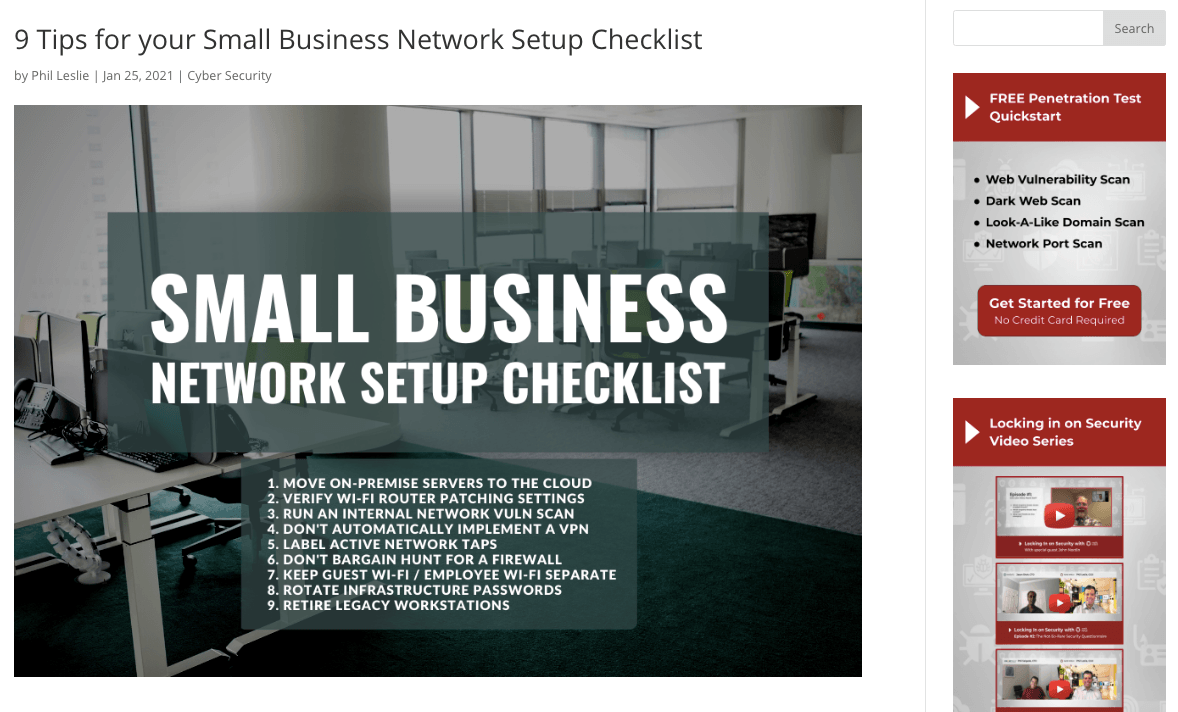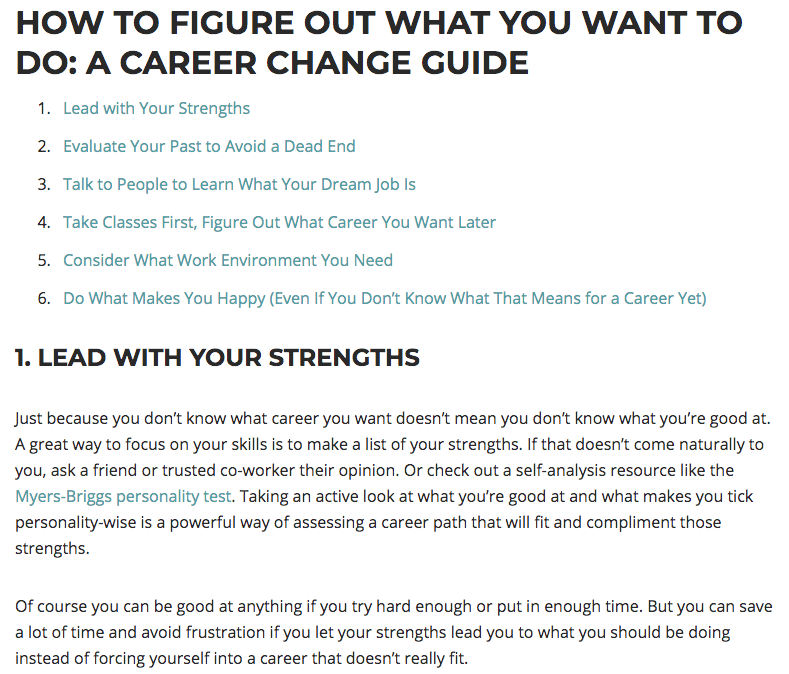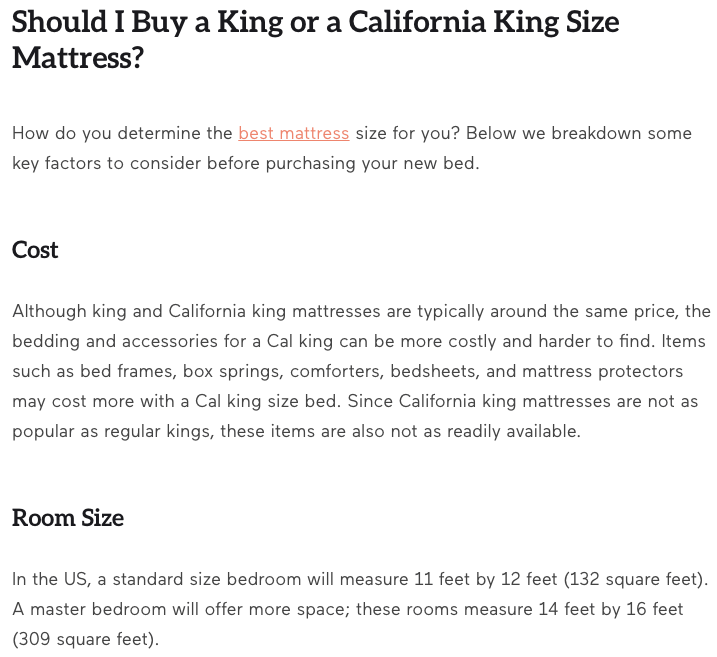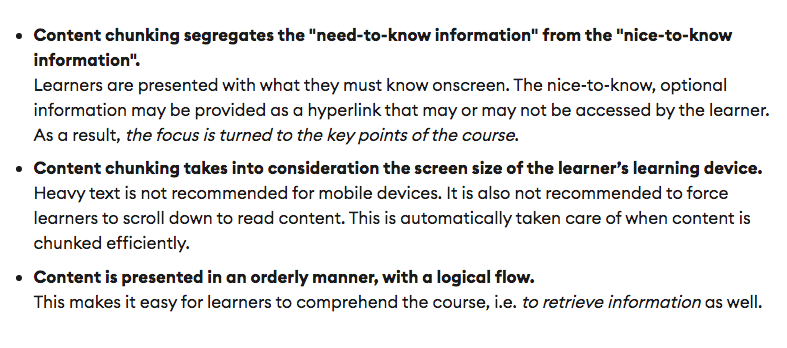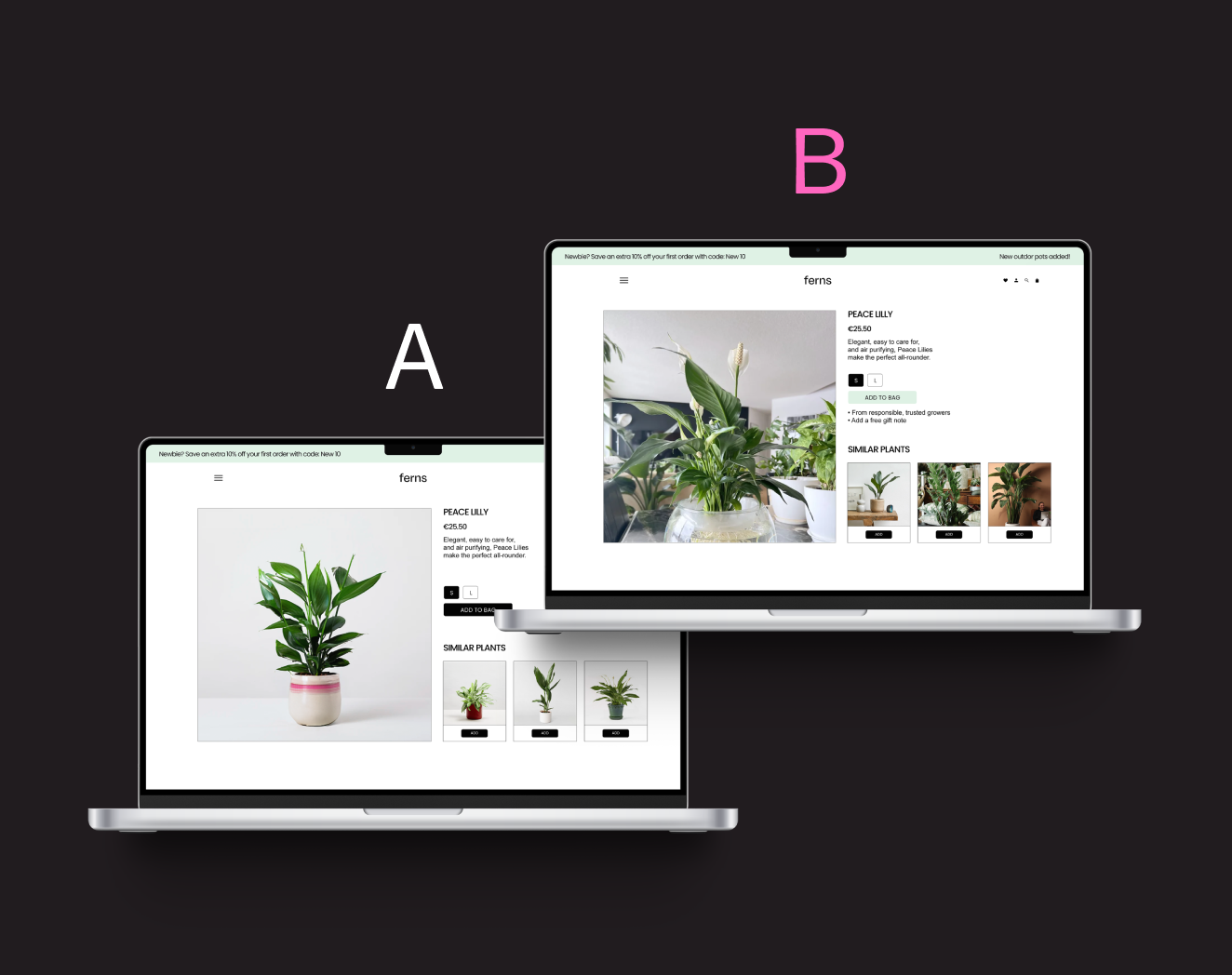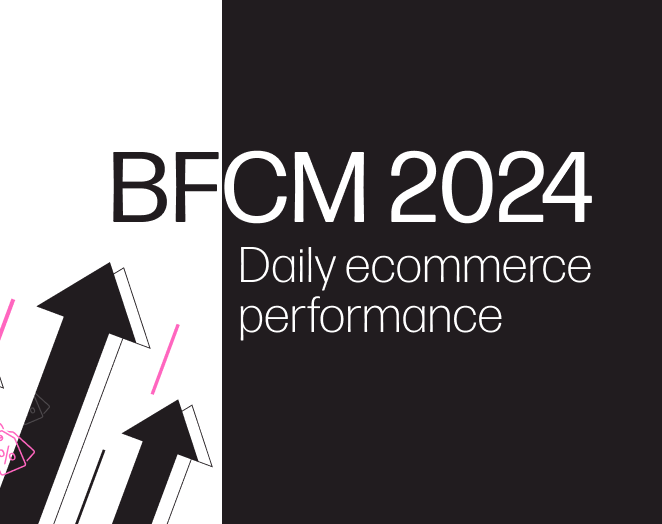How to Create Highly Digestible Blog Content That Readers Love
People don’t read web content the same way they read books or printed articles. Over two decades of interacting with online information has created a whole new way of processing information.
People aren’t as committed to immersing themselves in the finer points of a web article as they would be in any other format. They tend to skim through text, looking for a specific phrase or something that will catch their eye. This means they’re less likely to read the entire contents of a web page. On average, you can expect a visitor to read between 20-28 percent of the total words published on a page.
If you’re a company that’s invested a lot of money in creating meaningful content, this could be problematic. Considering how most people interact with online content, is there a way to derive real value from what you’ve published on your company’s site?
There sure is!
The solution: better readability
There’s a reason Google launched its featured snippets, which brings key information readers are looking for to the forefront of Google’s search page. People want information that directly answers a question they have, and they want it fast.
Help people get more out of your web content by tailoring it to be easily readable and digestible Understand that you’re facing very real limitations as far as attention spans go and focus on making your content more accessible.
Here are some tips on publishing highly digestible online content that will engage your readership.
1. Write list-based articles
Lists don’t just make great, clickable headlines—they’re also a surefire way to make your web content easily digestible.
Our eyes and brains are drawn to pieces of content that stand out from surrounding information. Headers that combine words and numbers pique our interest and capture attention.
When we see a paragraph header with a number in it, we feel comforted by the additional context. Numbers provide a sense of progress and a way to map content around a specific topic.
Take this Havoc Shield blog post as an example. They are a brand that often deals with complex topics related to cybersecurity. Making highly technical content digestible doesn’t seem like an easy thing to do, but writing a blog post in list format is a great way to start.
2. Provide an anchor-linked table of contents
After introducing readers to the topic with a well-written intro, many blogs choose to summarize the post’s content with an anchor-linked table of contents.
Blog publishers who take this approach prioritize their readers’ time over the “preciousness” of their content. They know that people are going to skim the piece, looking for specific information.
Summarizing a post’s content with a UI element listing content sections and providing quick links to each shows that you respect your readers’ time.
This tactic allows readers to see which part of a post is going to answer their question—providing a convenient mechanism to skip straight to it.
A good brand example of how to elegantly incorporate a table of contents into your blog posts is this post on Skillcrush. The online learning platform has made them a staple in all of their blogs. This one below is on the topic of ‘finding your dream job.’
3. Embrace content chunking
“Chunking” is the process of breaking long sections of text into more digestible portions. There are many ways to do this, but the ultimate goal of chunking is to avoid overwhelming the reader with an intimidating wall of text.
These are three tried-and-tested methods of creating digestible chunked content your readers will love.
-
Section headings
Don’t be shy with section headings. Where there is a logical grouping of ideas and concepts, give the section a meaningful name that’s easy for readers to understand.
In addition to helping readers skim content more effectively, headings also break text into smaller, more digestible pieces.
To see this tactic executed well, take a look at this post from EachNight. The post makes excellent use of content section headers to avoid huge walls of text and make the content more accessible.
-
Imagery
Some content marketing specialists suggest inserting an image every 150 words in your blog posts. I was a little shocked when I saw this suggestion from Neil Patel, but I’ve since noticed some blogs that use this tactic effectively.
Using imagery will help separate text so it doesn’t become overwhelming for people to read and keeps them engaged. Any image or video you insert should further support the text above and below it—adding value to the topic you’re trying to explain. Be mindful of the visual elements you use in a given blog so that they enhance the topic at hand instead of distracting from it.
-
Bulleted lists
Bulleted lists are an underutilized method of breaking written content into digestible portions.
These lists are optimal for instances when you’re presenting a sequence of brief ideas. When it doesn’t make sense to write paragraphs on each of them, consider using a bulleted list.
Any blog post should make use of bulleted lists at least once to communicate points effectively. They’re easy to skim and users appreciate their concise nature. Plus, they do a terrific job of chunking your blog post and making it more digestible.
This blog post from eLearning Industry presents a good example of using bulleted lists effectively:
4. Write content that’s digestible
At the risk of coming across like Captain Obvious here, you have to write content that is easily digestible.
I’m referring specifically to things like word choices, sentence structure and tone. Here’s a quick guideline of best writing practices when creating digestible content.
- Don’t try to sound clever with fancy words. You’re trying to communicate with people, not give them the impression you’ve swallowed a thesaurus. Use the words you’d use in a professional, friendly conversation.
- Don’t use long sentences. Commas are great for stringing complex ideas together, but try to find a way to do this only when absolutely necessary. Write short, logical sentences that convey a single idea as clearly as possible.
- Use adjectives and adverbs only when it’s necessary to help make your point. Of course, you’re not writing a medical journal, so using descriptive, figurative language is often essential to keep readers engaged. At the same time, your goal with web content isn’t to flaunt your gift for prose.
Some final words
“Better” or “more effective” online writing isn’t the same as great printed writing. While people haven’t entirely forgotten how to appreciate a traditionally well-written piece of content, they have been conditioned to look for value in different ways in digital environments Successful blogs don’t try to fight this fact; they roll with it.
And successful blog writers know that it’s important to empathize with their readers. Often, they’re people who are rushing through their busy day with an overwhelming amount of content at their fingertips. In order to make this reading process easier, you have to write posts that accommodate the inundated reader by making important information easy to find. That’s how you will win over audiences.

